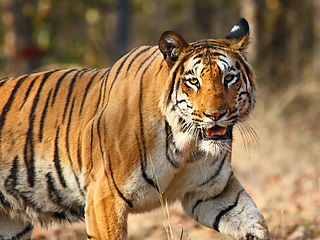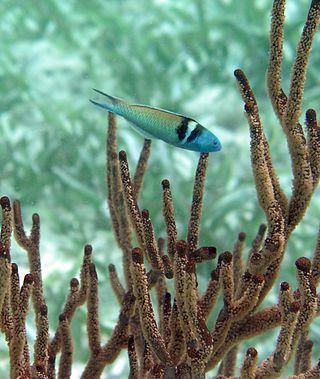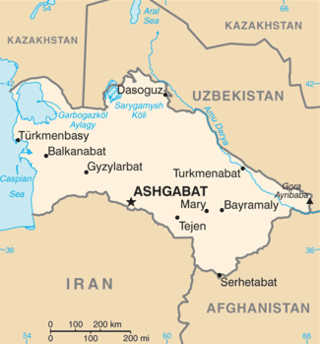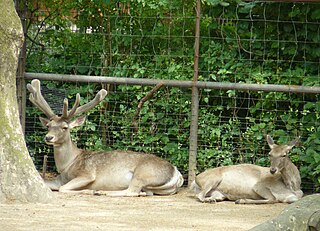
A nature reserve is a protected area of importance for flora, fauna, or features of geological or other special interest, which is reserved and managed for purposes of conservation and to provide special opportunities for study or research. They may be designated by government institutions in some countries, or by private landowners, such as charities and research institutions. Nature reserves fall into different IUCN categories depending on the level of protection afforded by local laws. Normally it is more strictly protected than a nature park. Various jurisdictions may use other terminology, such as ecological protection area or private protected area in legislation and in official titles of the reserves.
Cootes Paradise is a property with many boundaries, but is primarily a property of the Royal Botanical Gardens at the western end of Lake Ontario, but is also remnant of the larger 3700 acre Dundas Marsh Crown Game Preserve established by the province of Ontario in 1927., dominated by a 4.5 km long rivermouth wetland, representing the lake's western terminus. It is found on the west side of Hamilton Harbour and is located in the municipality of Hamilton, Ontario, Canada. Cootes Paradise Environmentally Sensitive Area is larger "core area" within the City of Hamilton's Natural Heritage System and has a very similar boundary to the original Dundas Crown Game Preserve.

Out of the total 1,092 km2 land in Hong Kong, three-quarters is countryside, with various landscapes including beaches, woodlands, and mountain ranges being found within the small territory. Most of Hong Kong's parks have abundant natural diversity, usually containing over 1,000 species of plants.

Nagzira Wildlife Sanctuary is Situated in Tirora, Arjuni (Sadak) & Goregaon Tahsils of Gondia District and Sakoli, Bhandara, Lakhni Tahsil of Bhandara district. The closest National Highway is NH-53. Nagzira Wildlife Sanctuary is locked in the arms of nature and adorned with a picturesque landscape, luxuriant vegetation and serves as a living outdoor museum to explore and appreciate nature. This sanctuary has a number of fish, 34 species of mammals, 166 species of birds, 36 species of reptiles and four species of amphibians. The invertebrate fauna includes a number of butterfly and other insect species. Large wild mammals present here include the Bengal tiger, Indian leopard, gaur, sambar, nilgai, chital, wild boar, sloth bear, Indian muntjac, Indian spotted chevrotain and dhole. There is also an Indian elephant named Rupa. Nearly 30,000 tourists visit this sanctuary annually.

State Reserves of Azerbaijan refers to the state reserves in Azerbaijan, which preserve the fauna, flora and their ecosystems.

Since declaring independence in 1981, Belize has enacted many environmental protection laws aimed at the preservation of the country's natural and cultural heritage, as well as its wealth of natural resources. These acts have established a number of different types of protected areas, with each category having its own set of regulations dictating public access, resource extraction, land use and ownership.
Protected areas of Turkmenistan include nine nature reserves (zapovednik) and 13 sanctuaries (zakaznik) with a total area of 19,750 km2 or more than 4% of Turkmenistan's territory.

The Badhyz State Nature Reserve is a protected area (zapovednik) in south-western Turkmenistan that was established in 1941 and extends over 877 km2 (339 sq mi) in the Mary and Akhal Provinces. It is located south of the Karakum Desert, and the Tejen River forms its western border.
Gaplaňgyr or Kaplankyr is a mountain plateau and nature reserve (zapovednik) of northern Turkmenistan. It was established in 1979.
Köýtendag Nature Reserve, formerly Kugitang Nature Reserve, is a nature reserve (zapovednik) in the extreme east of Turkmenistan.
Mäne-Çäçe Sanctuary is a sanctuary (zakaznik) of Turkmenistan.
Guryhowdan Sanctuary is a sanctuary (zakaznik) of Turkmenistan.
Kelif Sanctuary is a wildlife sanctuary (zakaznik) in Turkmenistan.
Garlyk Sanctuary is a sanctuary (zakaznik) of Turkmenistan.

Peru has some of the greatest biodiversity in the world. It belongs to the select group of mega diverse countries because of the presence of the Andes, Amazon rainforest, and the Pacific Ocean. It has the fourth-most tropical forests of any country and the ninth-most forest area. The country is ranked among the five countries with the greatest biodiversity in the world according to various studies.

Putoransky State Nature Reserve( Путоранский заповедник ) is a Russian 'zapovednik' in the northern part of Central Siberia in Russian Federation, located about 100 km north of the Arctic Circle in Krasnoyarsk Krai, includes the Putorana Plateau. It was established in 1987, and since 1987 has been designated as a World Heritage Site by UNESCO. It covers an area of 1,887,252 hectares of which 1,773,300 are monitored. Its headquarters are in Norilsk.

Many areas of Vietnam are under protection. While the national reserves cover small areas of scientific significance with restricted access, the national parks also cover wetlands of Ramsar designated areas and BirdLife International inscribed bird areas. The largest of the national parks initially covered were the Cúc Phương National Park, the Cát Tiên National Park, and the Côn Đảo National Park which to start with were forest areas cum reserves or prohibited areas. The objective for creating national parks was to allow access to the reserved areas as a part of ecotourism and cultural needs with full attention to the basic approach of conservation of natural environmental resources.
Sünt-Hasardag Nature Reserve is a nature reserve (zapovednik) of Turkmenistan.

The wildlife of Turkmenistan is the flora and fauna of Turkmenistan, and the natural habitats in which they live. Turkmenistan is a country in Central Asia to the east of the Caspian Sea. Two thirds of the country is hot dry plains and desert, and the rest is more mountainous. Very little rain falls in summer and the chief precipitation occurs in the southern part of the country in the winter and spring. The Caspian coast has milder winters.
The Golden Stream Corridor Preserve is a nature preserve in Belize with a unique diversity of habitat types and ecosystems. The preserve is owned and managed by Ya'axche' Conservation Trust. The preserve protects the Golden Stream watershed.











